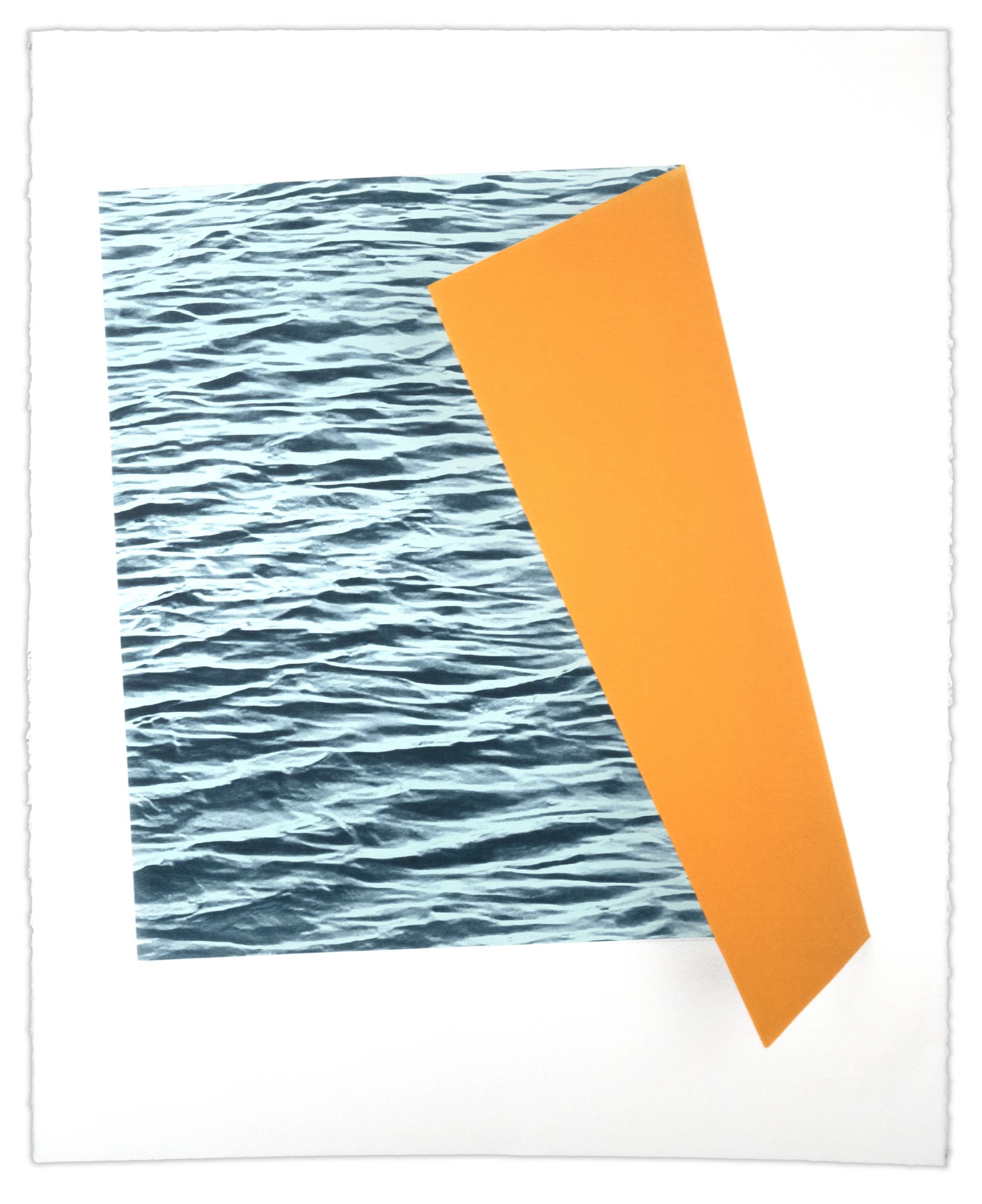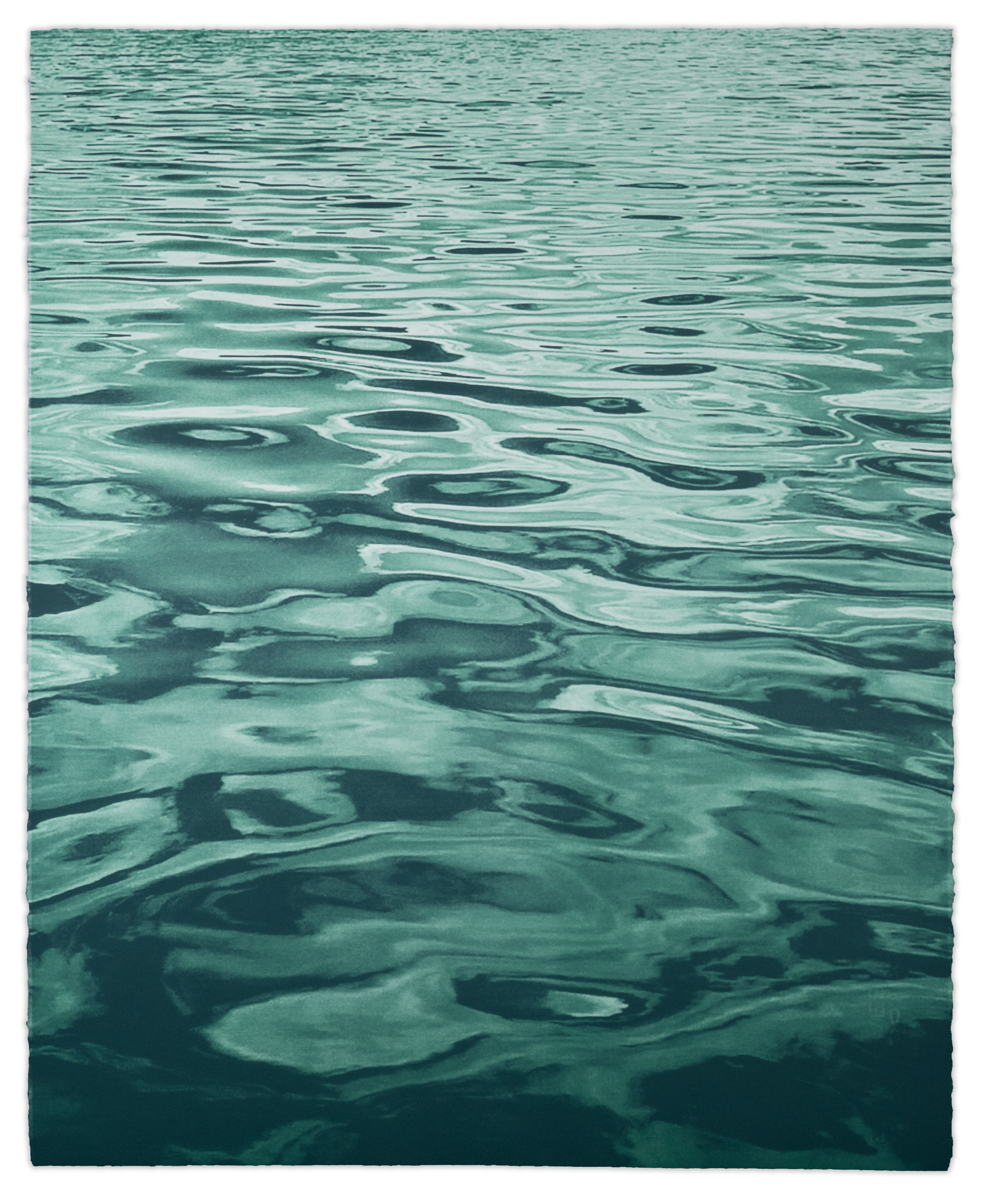Note to Self
About This Project
Note to Self is an ongoing series of letterpress prints of messages spoken to myself, things that I know, but need to repeatedly hear. These messages are at times literal—Breathe, Listen, Stay True—, sometimes metaphoric—Eat Donuts—, and at others a play between the two—Sunshine Exists. By compressing statements printed with oversized, laser cut letterforms into a 10 x 10 inch space, readily legible signifiers are abstracted becoming shapes. Words and phrases that can easily be read, internalized, and repeated as mantras are transformed into symbols that are conceptual objects of thought. Printing each letterform independently develops layered shapes and depth of space through built-up tints of color and density of ink. The methodic spelling and printing process slow time, require intent focus, and foster reflection upon the message at hand. The production of each print in this series is a meditation. Each product is an emblem, a manifestation of its message’s meaning.
Date
December 06, 2022



